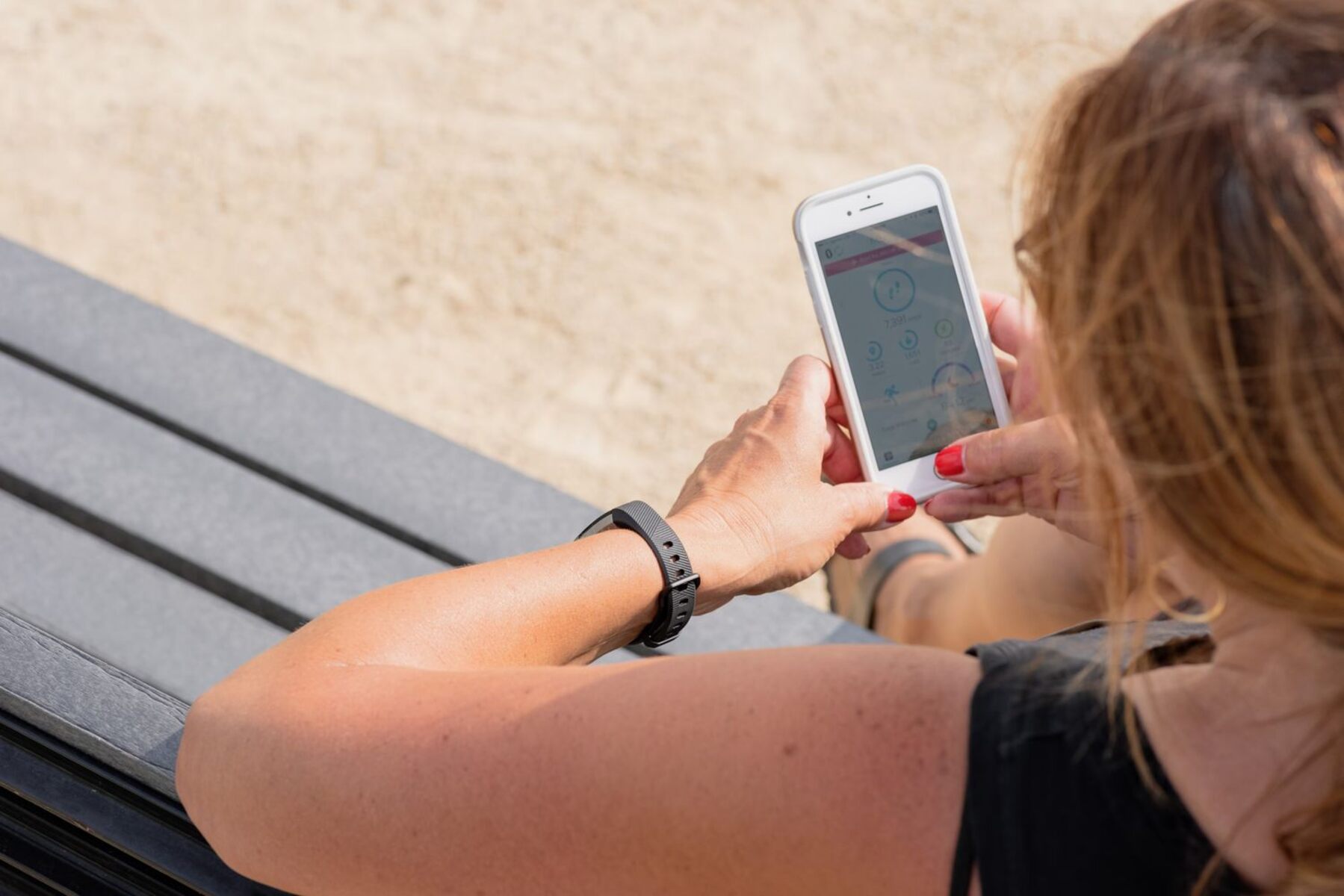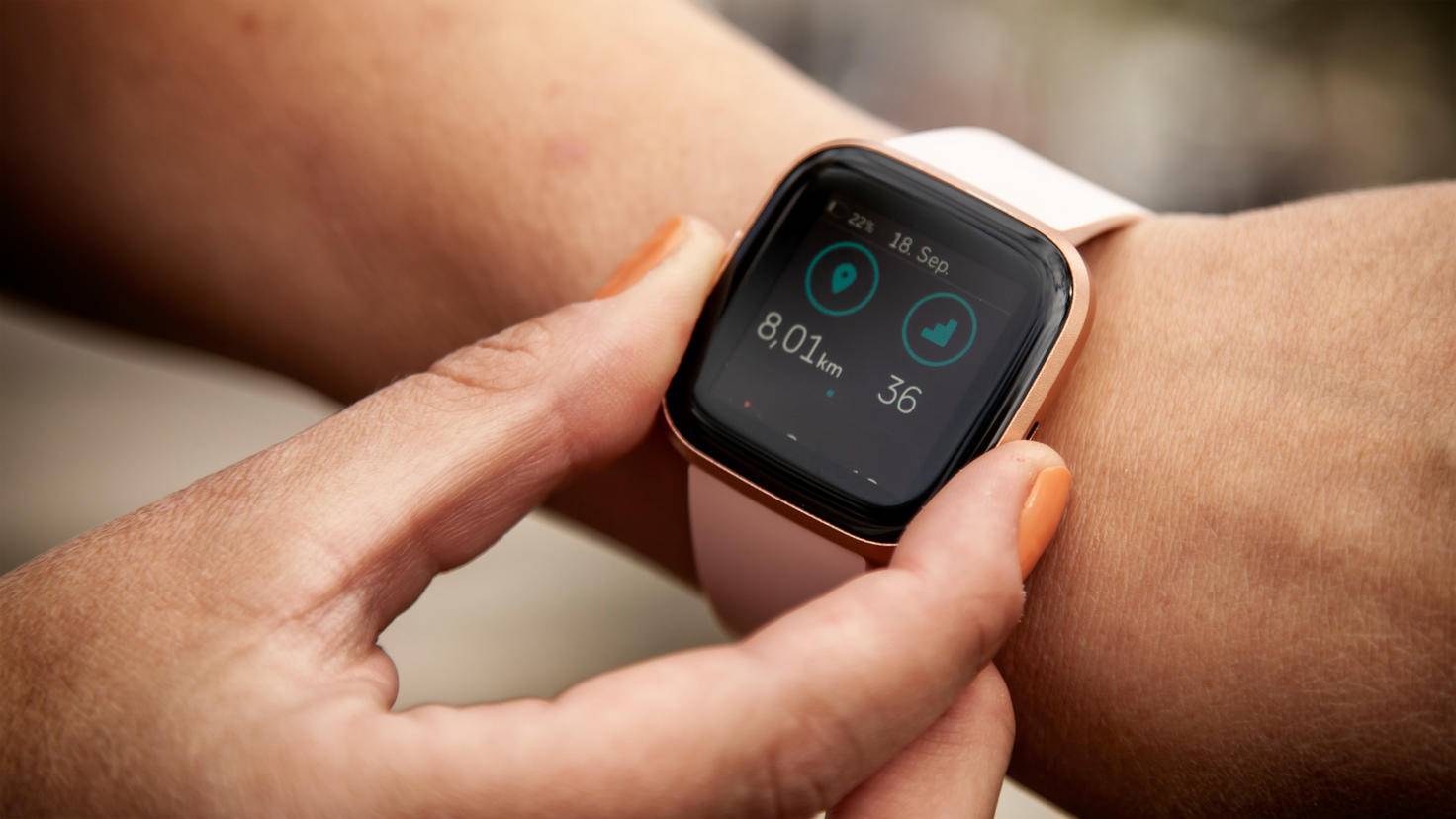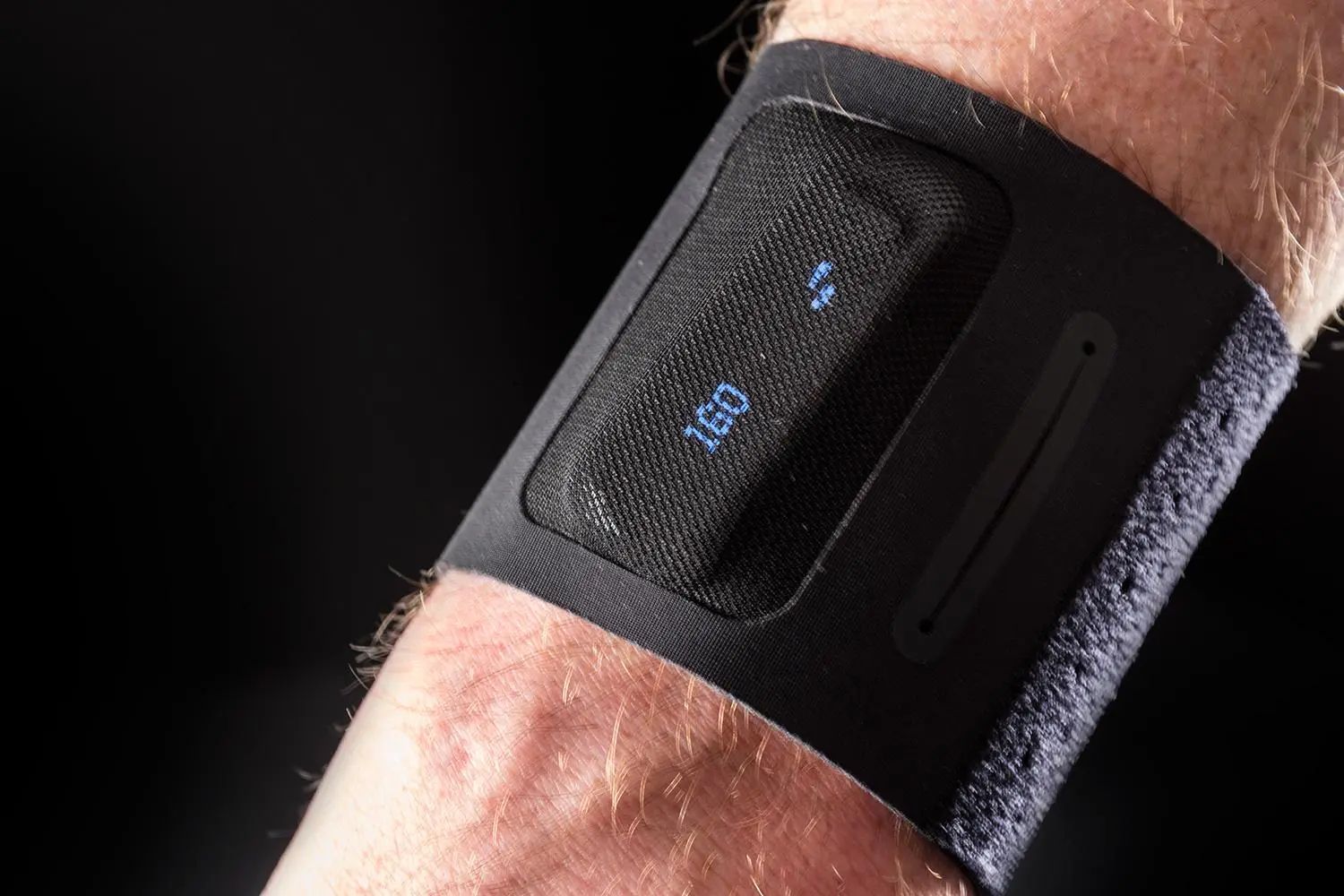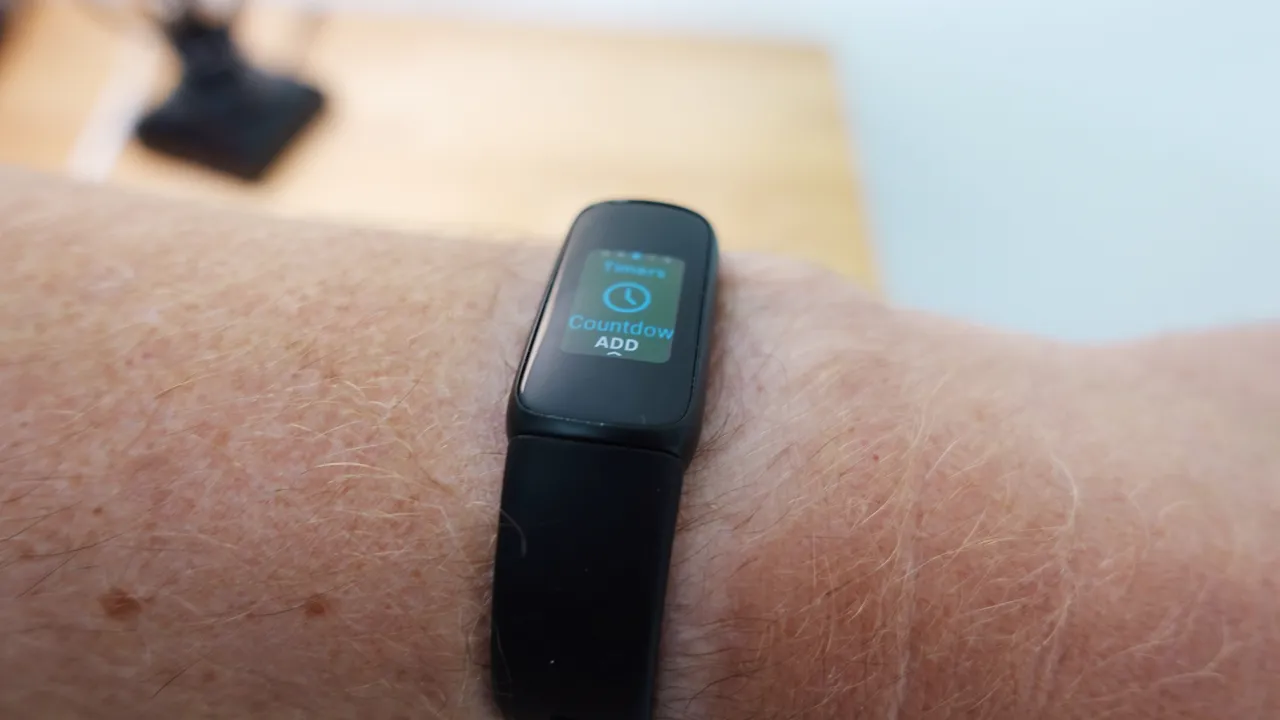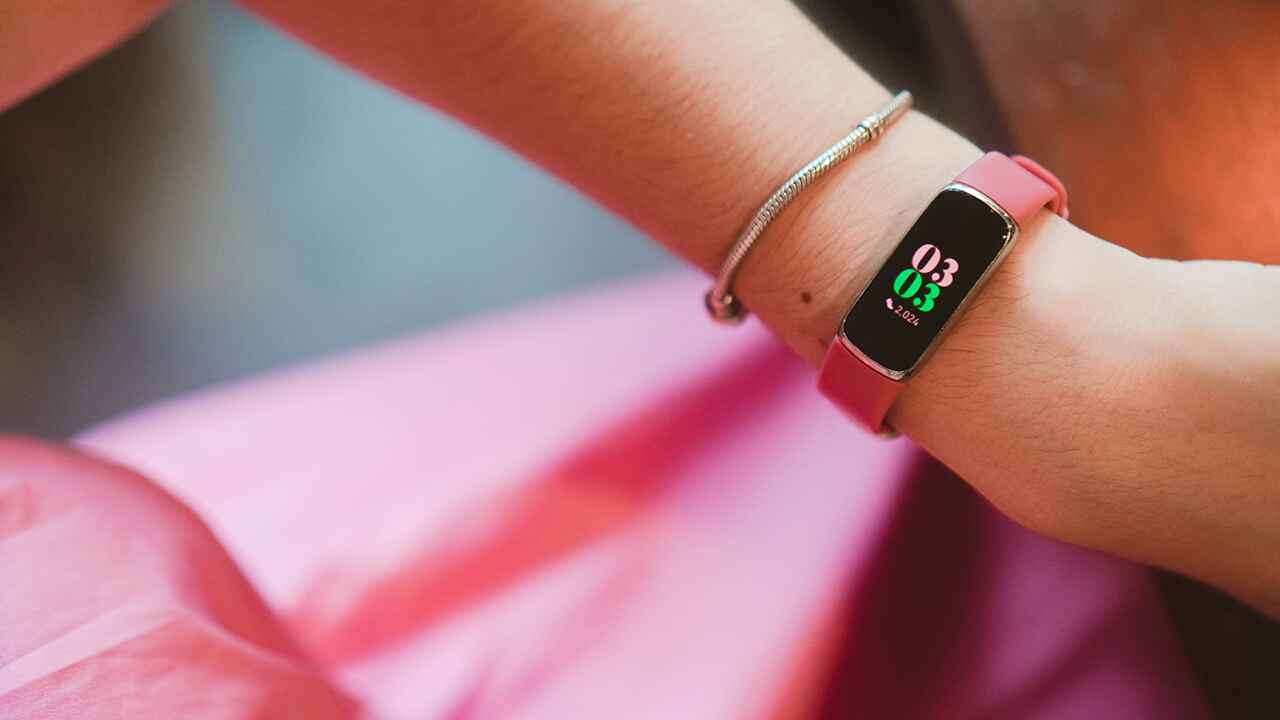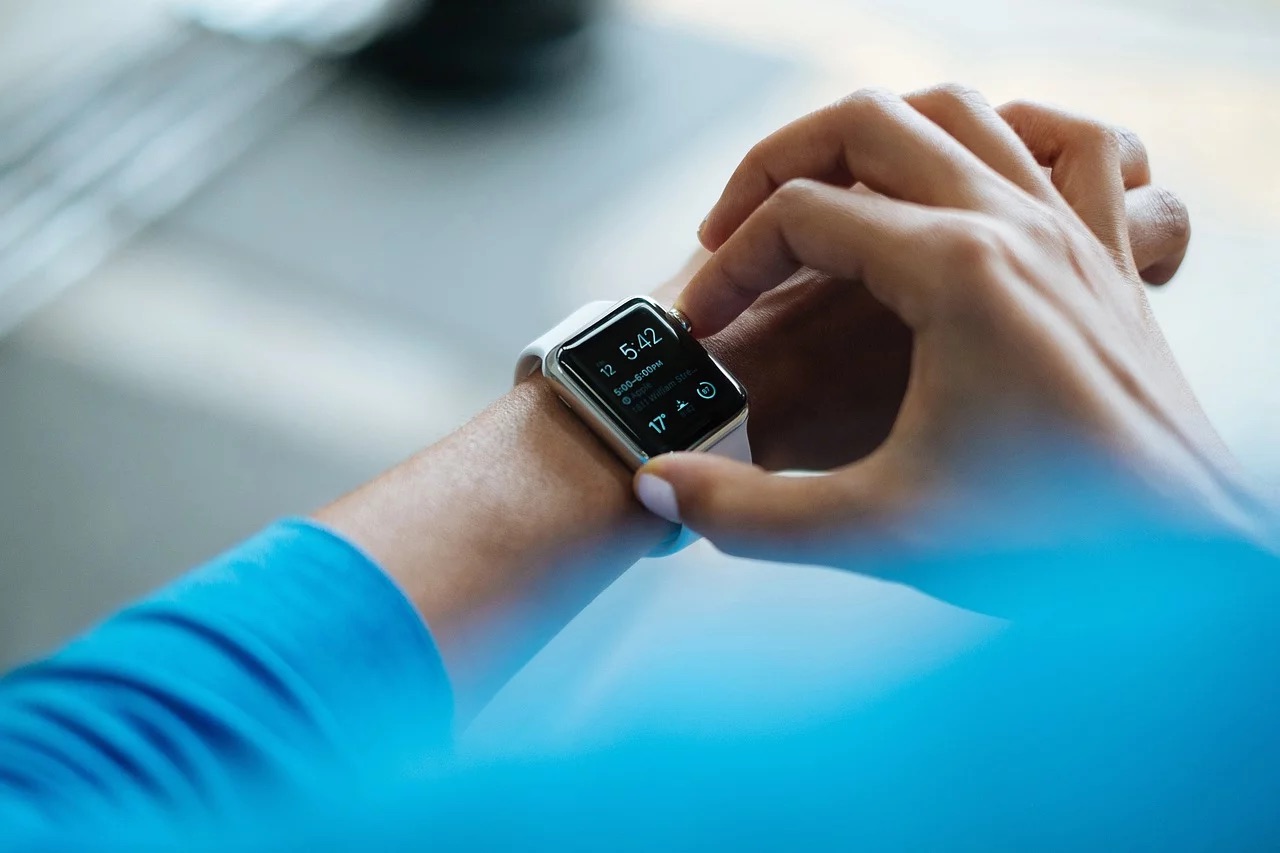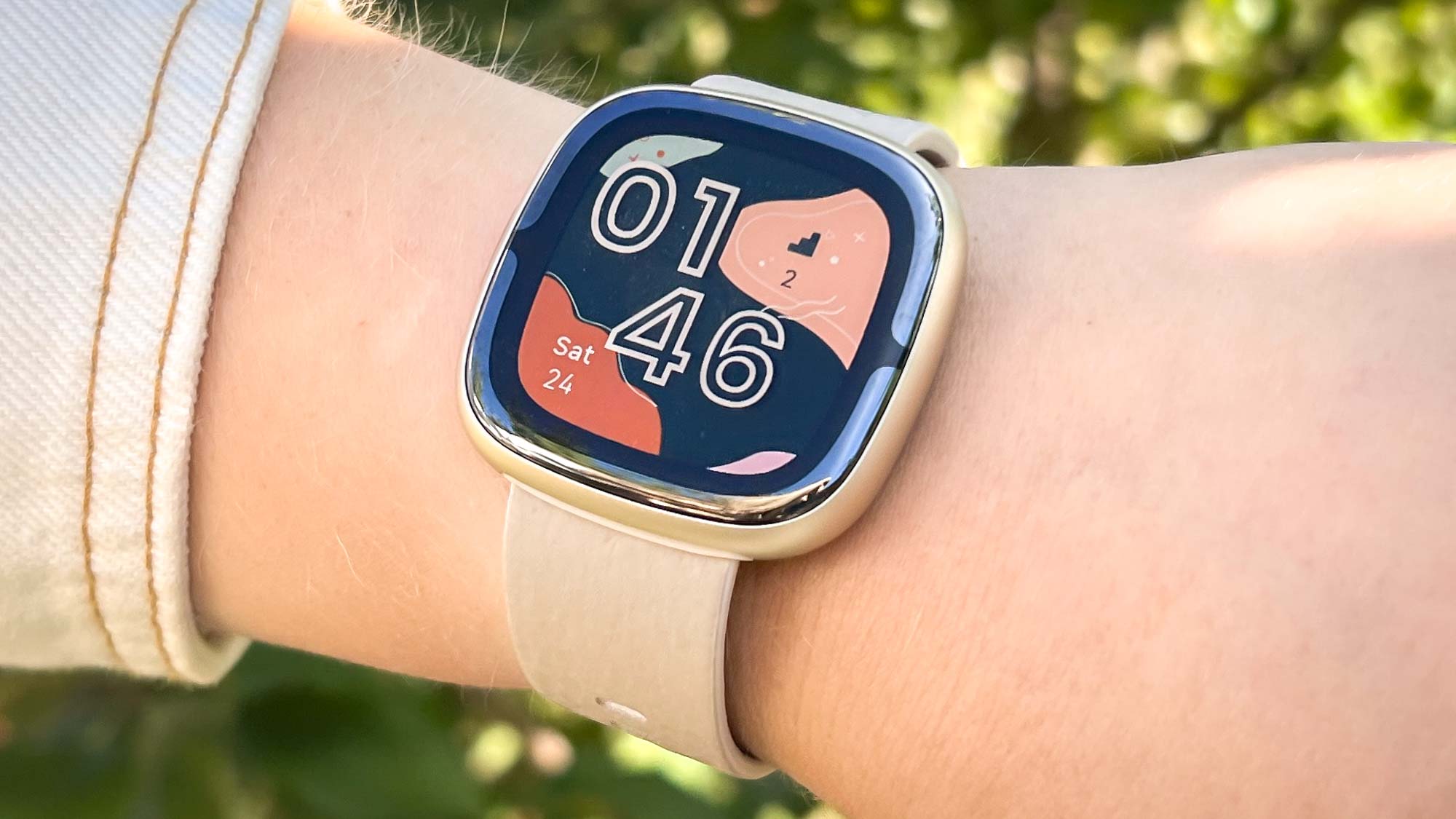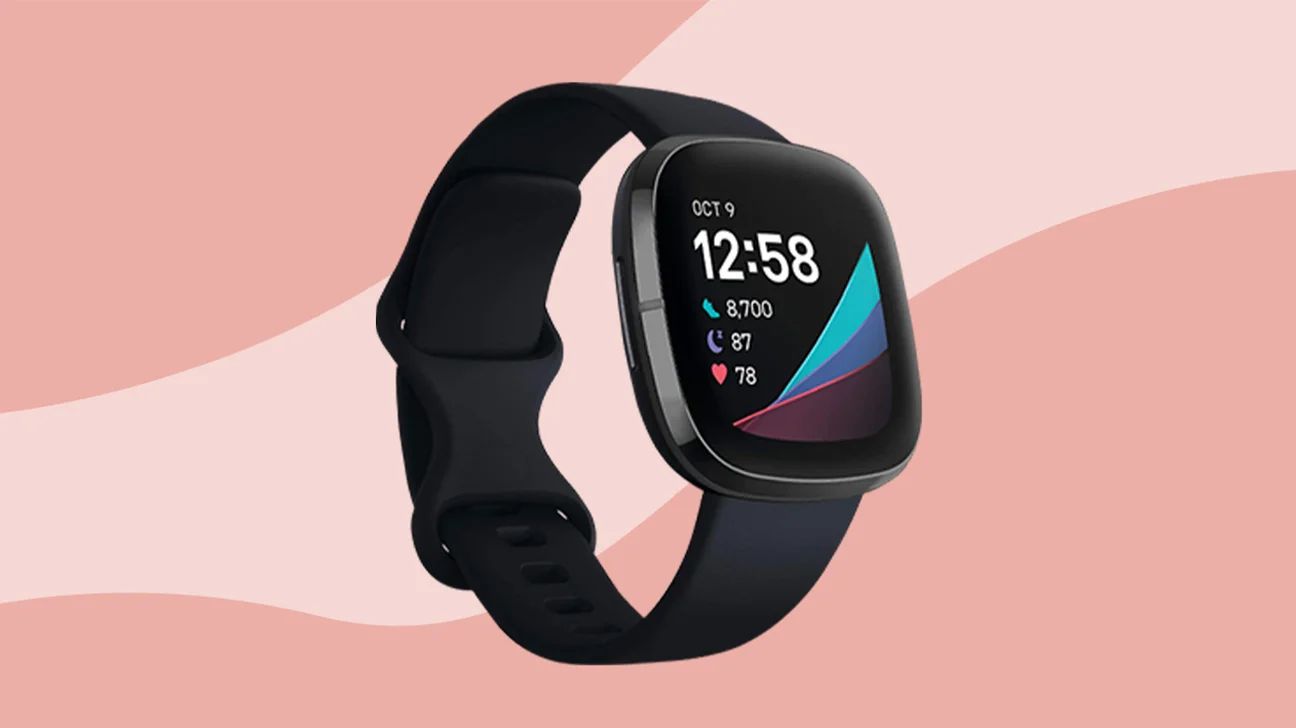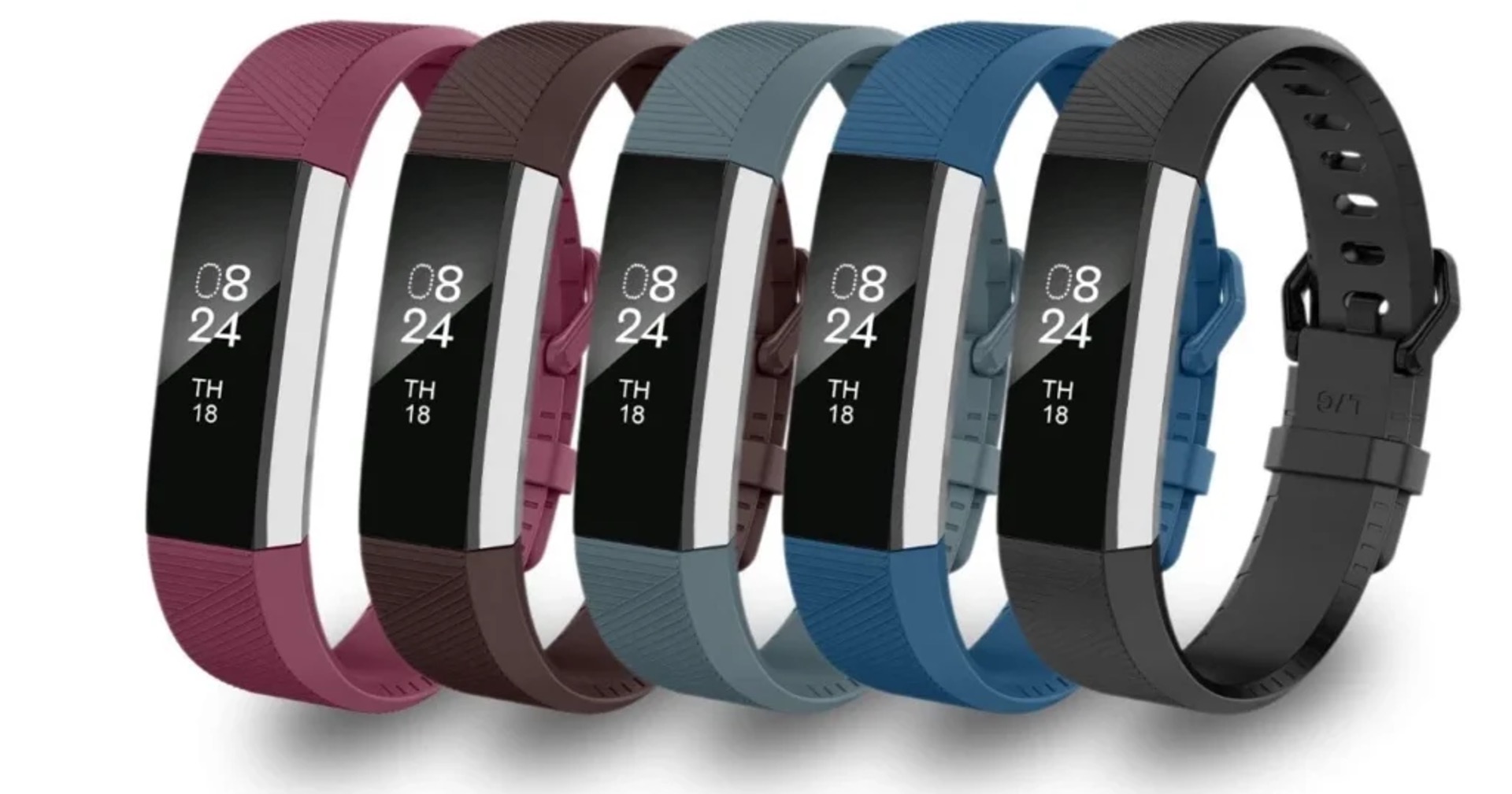Introduction
Wearable technology has revolutionized the way we monitor and improve our health and fitness. Fitbit, a leading brand in the wearable device industry, has gained widespread popularity for its innovative approach to tracking activity, sleep, and overall wellness. However, one crucial aspect often overlooked by users is the proper fit of their Fitbit device. The ideal tightness of a Fitbit is more than just a matter of comfort; it directly impacts the accuracy of the data it collects. Understanding the significance of achieving the right fit for your Fitbit is essential for maximizing its potential benefits.
A well-fitted Fitbit ensures that the device remains in constant contact with your skin, allowing for accurate monitoring of various health metrics. Whether you're aiming to track your steps, monitor your heart rate, or analyze your sleep patterns, the reliability of the data collected hinges on the snugness of the Fitbit on your wrist. Therefore, finding the optimal tightness for your Fitbit is pivotal in ensuring the device performs at its best.
In this article, we will delve into the importance of achieving the proper fit for your Fitbit, explore the factors that contribute to the ideal tightness, and provide practical tips for users to find the right fit for their devices. By understanding and implementing these guidelines, Fitbit users can optimize the functionality of their devices and make the most of the valuable health and fitness insights they provide.
Importance of Proper Fit
Ensuring the proper fit of your Fitbit device is not merely a matter of comfort but a critical factor that directly impacts its functionality and the accuracy of the data it provides. The significance of achieving the ideal tightness cannot be overstated, as it influences the device's ability to consistently and accurately monitor various health metrics. Here's why the proper fit of your Fitbit is of paramount importance:
-
Accurate Data Collection: The primary purpose of wearing a Fitbit is to track and monitor health-related metrics such as steps taken, heart rate, and sleep patterns. A snugly fitted Fitbit ensures that the sensors remain in constant contact with your skin, enabling accurate data collection. If the device is too loose, it may shift during movement, leading to inaccurate readings and compromising the reliability of the data.
-
Optimized Heart Rate Monitoring: For individuals relying on their Fitbit to monitor their heart rate during workouts or throughout the day, a proper fit is crucial. A well-fitted device ensures that the heart rate sensor maintains consistent contact with the skin, allowing for precise and continuous heart rate monitoring. This is particularly important for individuals with specific health or fitness goals that require accurate heart rate tracking.
-
Enhanced Sleep Tracking: Fitbit devices are designed to provide insightful sleep tracking data, including details on sleep stages, duration, and quality. Achieving the ideal tightness ensures that the device remains securely in place throughout the night, enabling accurate sleep monitoring. This data can offer valuable insights into sleep patterns and contribute to improving overall sleep quality.
-
Overall Comfort and Wearability: While the functional aspects are crucial, the comfort of wearing a Fitbit cannot be overlooked. A properly fitted device ensures that it remains comfortable to wear throughout the day, minimizing the likelihood of discomfort or irritation. This, in turn, encourages consistent wear, allowing users to maximize the benefits of continuous health and activity tracking.
In essence, the proper fit of a Fitbit device is integral to its performance and the reliability of the data it provides. By recognizing the importance of achieving the ideal tightness, users can optimize the functionality of their Fitbit and derive accurate and valuable insights into their health and fitness metrics.
Understanding the Ideal Tightness
Achieving the ideal tightness for your Fitbit is a nuanced balance that directly impacts the device's performance and the accuracy of the data it collects. The ideal tightness ensures that the Fitbit remains in constant contact with your skin, allowing its sensors to accurately monitor various health metrics. Understanding the factors that contribute to the ideal tightness is essential for users to make informed adjustments and optimize their Fitbit experience.
The ideal tightness of a Fitbit is characterized by a secure and comfortable fit that prevents excessive movement while maintaining consistent contact with the skin. When worn too loosely, the Fitbit may slide or shift during physical activity, leading to inaccurate readings and compromising the reliability of the data collected. Conversely, wearing the device too tightly can result in discomfort and restrict blood flow, potentially affecting the accuracy of heart rate monitoring.
One key consideration in understanding the ideal tightness is the positioning of the Fitbit on the wrist. The device should be worn slightly higher on the wrist, closer to the hand, rather than loosely around the wrist joint. This positioning allows the sensors to maintain optimal contact with the skin, especially during movement and exercise, ensuring accurate tracking of steps, heart rate, and other metrics.
Furthermore, the material of the Fitbit's band plays a significant role in achieving the ideal tightness. Users should consider the flexibility and breathability of the band material to ensure a comfortable yet secure fit. A flexible and breathable band allows for a snug fit without causing discomfort, making it easier to wear the device consistently throughout the day and during various activities.
It's important to note that the ideal tightness may vary based on individual preferences and activities. For example, during intense workouts, a slightly tighter fit may be preferred to minimize movement and ensure precise heart rate monitoring. Conversely, during periods of rest or sleep, a comfortable yet secure fit is essential to enable accurate sleep tracking without causing discomfort.
Understanding the ideal tightness for your Fitbit involves a combination of factors, including the positioning of the device, the flexibility and breathability of the band, and individual preferences based on different activities. By recognizing and adjusting these factors, users can ensure that their Fitbit remains optimally fitted, allowing for reliable and accurate monitoring of health and fitness metrics.
In summary, understanding the ideal tightness for your Fitbit is crucial for maximizing the device's performance and the accuracy of the data it provides. By considering the positioning and band material, users can make informed adjustments to achieve a secure and comfortable fit, enhancing the overall experience of using a Fitbit for health and fitness tracking.
Tips for Finding the Right Fit
Finding the right fit for your Fitbit is essential to ensure accurate data tracking and a comfortable wearing experience. Here are some practical tips to help you achieve the ideal tightness for your Fitbit:
-
Experiment with Positioning: Wear your Fitbit slightly higher on your wrist, closer to your hand, to ensure optimal contact with the skin. This positioning is particularly important during physical activities, as it allows the sensors to accurately track your movements and heart rate.
-
Adjust the Band Tightness: Pay attention to the tightness of the band. It should be snug enough to prevent excessive movement but not so tight that it causes discomfort or restricts blood flow. Experiment with different levels of tightness to find the balance that works best for you.
-
Consider Different Activities: Recognize that the ideal tightness may vary based on the type of activity you are engaging in. For workouts and intense physical activities, a slightly tighter fit may be preferable to ensure the device stays securely in place. On the other hand, during periods of rest or sleep, a comfortable yet secure fit is essential for accurate sleep tracking.
-
Choose the Right Band Material: If your Fitbit allows for interchangeable bands, consider selecting a band that offers flexibility and breathability. A flexible and breathable band material ensures a comfortable fit while maintaining the necessary snugness for accurate data tracking.
-
Regularly Check the Fit: Periodically check the fit of your Fitbit to ensure it remains secure and comfortable throughout the day. Factors such as temperature, humidity, and physical movement can affect the fit, so making minor adjustments as needed can help maintain the ideal tightness.
-
Seek User Guidelines: Refer to the user manual or online resources provided by Fitbit for specific guidance on achieving the ideal tightness for your device model. Fitbit may offer tailored recommendations based on the design and features of different devices.
-
Consult Customer Support: If you encounter challenges in finding the right fit for your Fitbit, don't hesitate to reach out to Fitbit's customer support for assistance. They can provide personalized recommendations and troubleshoot any fit-related issues you may encounter.
By implementing these tips, you can fine-tune the fit of your Fitbit to ensure it remains securely in place, allowing for accurate and reliable tracking of your health and fitness metrics. Remember that achieving the ideal tightness is a personalized process, and making small adjustments based on your comfort and activity levels can significantly enhance your overall Fitbit experience.
Conclusion
In conclusion, the proper fit of a Fitbit device is not just a matter of comfort; it is a fundamental factor that directly influences the accuracy of health and fitness data tracking. By understanding and implementing the guidelines for achieving the ideal tightness, Fitbit users can optimize the performance of their devices and derive meaningful insights into their well-being.
The significance of the ideal tightness lies in its impact on accurate data collection, optimized heart rate monitoring, enhanced sleep tracking, and overall comfort. A well-fitted Fitbit ensures that the sensors maintain constant contact with the skin, enabling reliable tracking of steps, heart rate, sleep patterns, and other vital metrics. This, in turn, empowers users to make informed decisions about their health and fitness routines.
Understanding the factors that contribute to the ideal tightness, such as the positioning of the device on the wrist and the flexibility of the band material, allows users to make informed adjustments tailored to their individual preferences and activities. By experimenting with positioning, band tightness, and considering different activities, users can fine-tune the fit of their Fitbit to ensure it remains secure and comfortable throughout various daily routines.
The practical tips provided, including experimenting with positioning, adjusting band tightness, considering different activities, choosing the right band material, regularly checking the fit, seeking user guidelines, and consulting customer support, offer a comprehensive approach to finding the right fit for a Fitbit device.
Ultimately, the journey to finding the ideal tightness for a Fitbit is a personalized process that requires attention to detail and a willingness to make minor adjustments based on individual comfort and activity levels. By prioritizing the proper fit of their Fitbit devices, users can maximize the accuracy of data tracking and fully harness the potential benefits of wearable technology for their health and well-being.
In embracing the significance of achieving the ideal tightness for Fitbit devices, users can embark on a journey of holistic wellness, supported by reliable and insightful data that empowers them to lead healthier, more active lifestyles.







